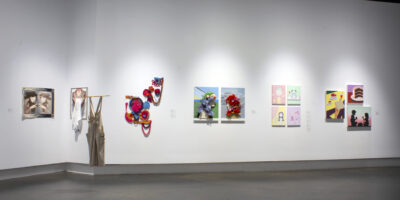The sun is shining brightly, the sky is clear, and The Rolling Stones is blasting on the radio, and to top it all off you have your trusty green-tinted, metal-rimmed, Ray-Ban Aviators. Whether you’re driving down the highway to Woodstock to see Hendrix, flying your Boeing B-29 Superfortress, or simply enjoying iced tea outside POETs, aviators are perfect for any sunny occasion! There’s nothing more stylish, more retro-cool, than a pair of sunglasses that have been a staple since the 1930s. These iconic sunglasses have made a resurgence in popular culture and they’re back!
So what are these classic & rockin’ sunglasses? Aviator sunglasses, also known as Pilot’s Glasses (à la U.S. Air Force fighter pilots) have been around since the 1930s. Although, they have evolved into many different styles the classic aviator is usually known for its Teardrop-shaped lenses that provide maximum sunlight protection. Usually made with a metal frame that sports either a brass, silver or gold finish. They come in a variety of lens colours the usual being brown, green or dark grey.
In the late 1930s, Bausch & Lomb’s Ray Ban sunglasses developed sunglasses with glare protection intended for fishermen and golfers. Although these were not yet known as aviators, they were in essence the same shape and style of the aviators. It was in 1936 when the US Army Air Corps asked them to design sunglasses for pilots for protection against sun glare, known to cause headaches and altitude sickness at the time. Not long after, Ray Ban created what then became standard issue for fighter pilots. So began an era of aviator sunglasses!
They were soon made available to the public in 1937 by Ray Ban. Aviators were seen all over front page news in 1942 when an aviator-wearing General Douglas MacArthur landed on a beach in the Philippines during the war. However, it was not until the 1960s that aviators became widely popular in the public. During the height of The Beatles’ popularity, Paul McCartney and Ringo Starr were photographed wearing aviators, causing a surge in the aviator’s popularity.
Throughout the years, aviators were worn by many pop icons and it’s rugged, high octane design became an iconic look. Popularity increased further in 1985 when the great Freddie Mercury of Queen wore them on the album cover for Mr. Bad Guy, and in 1986 when Top Gun stars Tom Cruise, Val Kilmer and Anthony Edwards sported the frames playing the roles of Air Force Pilots. Not to mention, UW Engineering’s own EDCOM.
In the late 1980s – early 1990s aviators waned in popularity, making way for a variety of other sunglasses to dominate the market. It wasn’t until the 2000s that the frames re-appeared in pop-culture through acts such as Johnny Knoxville who wore them on Jackass.
Nowadays, aviators come in all sorts of styles and makes! Copies of the original Ray Ban design have been followed and altered by many other eye wear companies and continue to be available to everyone around the world. Aviators are now available in an assortment of frames deviating from the original metal to plastic for a sportier look and even mixed frames for the best of both worlds! So why don’t you get a pair of aviators, and rock an iconic look that’s been 70 years in the making!




Leave a Reply